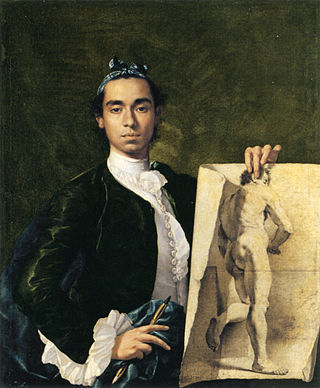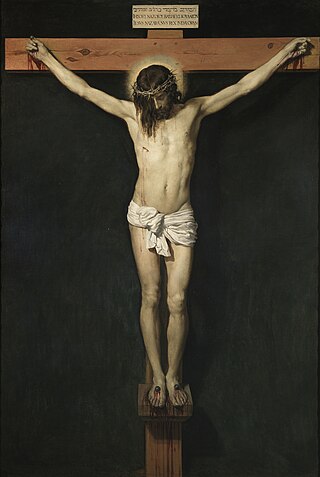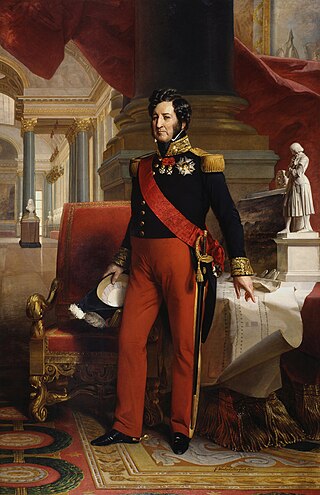
Isaac Henrique Sequeira (1738-1816) was a Portuguese Sephardic Jewish doctor. [1]

Isaac Henrique Sequeira (1738-1816) was a Portuguese Sephardic Jewish doctor. [1]
Sequeira was born in Lisbon, [2] and educated at Bordeaux and Leiden. [3]
Sequeira served as physician extraordinary to the Portuguese Embassy at the Court of St James's in London, and honorary physician extraordinary to the Portuguese prince regent. [3]
He was a licentiate of the Royal College of Physicians (LCP) and practised medicine in Mark Lane. [4]
Sequeira was painted in about 1775 by Thomas Gainsborough, one of his patients, and that oil painting now hangs in Madrid's Museo del Prado. [1] [2]
Sequeira married Esther d'Aguilar (1739-1791), the daughter of Baron Diego Pereira d'Aguilar. In Jews and Medicine: An Epic Saga, Frank Heynick describes him as "wealthy and pompous". [3]
On 21 April 1814, his daughter Lydia died. [5]
His descendants include Jane Sequeira, a British doctor married to the financier Jonathan Ruffer, who collects Spanish old masters and Gainsborough paintings. [1] [6]

Bartolomé Esteban Murillo was a Spanish Baroque painter. Although he is best known for his religious works, Murillo also produced a considerable number of paintings of contemporary women and children. These lively realistic portraits of flower girls, street urchins, and beggars constitute an extensive and appealing record of the everyday life of his times. He also painted two self-portraits, one in the Frick Collection portraying him in his 30s, and one in London's National Gallery portraying him about 20 years later. In 2017–18, the two museums held an exhibition of them.

The Prado Museum, officially known as Museo Nacional del Prado, is the main Spanish national art museum, located in central Madrid. It is widely considered to house one of the world's finest collections of European art, dating from the 12th century to the early 20th century, based on the former Spanish royal collection, and the single best collection of Spanish art. Founded as a museum of paintings and sculpture in 1819, it also contains important collections of other types of works. The Prado Museum is one of the most visited sites in the world and is considered one of the greatest art museums in the world. The numerous works by Francisco Goya, the single most extensively represented artist, as well as by Hieronymus Bosch, El Greco, Peter Paul Rubens, Titian, and Diego Velázquez, are some of the highlights of the collection. Velázquez and his keen eye and sensibility were also responsible for bringing much of the museum's fine collection of Italian masters to Spain, now one of the largest outside of Italy.

Francisco de Zurbarán was a Spanish painter. He is known primarily for his religious paintings depicting monks, nuns, and martyrs, and for his still-lifes. Zurbarán gained the nickname "Spanish Caravaggio", owing to the forceful use of chiaroscuro in which he excelled.

The Thyssen-Bornemisza National Museum, or simply the Thyssen, is an art museum in Madrid, Spain, located near the Prado Museum on one of the city's main boulevards. It is known as part of the "Golden Triangle of Art", which also includes the Prado and the Reina Sofía national galleries. The Thyssen-Bornemisza fills the historical gaps in its counterparts' collections: in the Prado's case this includes Italian primitives and works from the English, Dutch and German schools, while in the case of the Reina Sofía it concerns Impressionists, Expressionists, and European and American paintings from the 20th century.

Maria Isabel of Braganza was a Portuguese infanta who became Queen of Spain as the second wife of King Ferdinand VII.
Isaac de Sequeira Samuda or Isaac de Sequeyra Samuda was a British physician and poet. He was of Portuguese-Jewish descent and was the first member of the Samuda family to settle in Britain.

The Second of May 1808, by Goya, also known as The Charge of the Mamelukes, is a painting by the Spanish painter Francisco Goya. It is a companion to the painting The Third of May 1808 and is set in the Calle de Alcalá near Puerta del Sol, Madrid, during the Dos de Mayo Uprising. It depicts one of the many people's rebellions against the French occupation of Spain that sparked the Peninsular War.

Luis Egidio Meléndez (1716–1780) was a Spanish painter. Though he received little acclaim during his lifetime and died in poverty, Meléndez is recognized as the greatest Spanish still-life painter of the 18th century. His mastery of composition and light, and remarkable ability to convey the volume and texture of individual objects enabled him to transform the most mundane of kitchen fare into powerful images.

Maria del Rosario Weiss Zorrilla was a Spanish painter and engraver best known for portraits. She was the goddaughter of Francisco de Goya and lived with him during his final years when her mother was his maid. Over seventy of her drawings, preserved at the Hispanic Society of America, were once attributed to Goya but, in 1956, the art historian José López-Rey demonstrated conclusively that they were hers.

Jacob Henriques de Castro Sarmento was a Portuguese estrangeirado, physician, naturalist, poet and Deist.
The history of the Jews in Jamaica predominantly dates back to migrants from Spain and Portugal. Starting in 1509, many Jews began fleeing from Spain because of the persecution of the Holy Inquisition. When the English captured Jamaica from Spain in 1655, the Jews who were living as conversos began to practice Judaism openly. By 1611, the Island of Jamaica had reached an estimated population of 1,500 people. An estimated 75 of those people were described as "foreigners," which may have included some Portuguese Jews. Still, many Jews faced persecution from English merchants.

Christ Crucified is a 1632 painting by Diego Velázquez depicting the Crucifixion of Jesus. The work, painted in oil on canvas, measures 249 × 170 cm and is owned by the Museo del Prado.

The Salón de Reinos or salón grande is a 17th-century building in Madrid, originally a wing of the Buen Retiro Palace. The Salón de Reinos and the Casón del Buen Retiro are the only survivors of the original grand scheme of the palace. Built between 1630 and 1635, the Hall of Realms housed the largest paintings in the royal collection, now all in the Museo del Prado. It is named after its paintings of the coats of arms of the 24 kingdoms which formed the Kingdom of Spain at the time of Philip IV of Spain.

Agnus Dei is an oil painting completed between 1635 and 1640 by the Spanish Baroque artist Francisco de Zurbarán. It is housed in the Prado Museum in Madrid, Spain.
Jonathan Ruffer DL is a British City investor, art collector and philanthropist.

The Spanish gallery, also called Spanish museum was a gallery of Spanish painting created by French King Louis Philippe I in 1838, shown in the Louvre, then dismantled in 1853.
Andres Rossi was a Spanish artist. He worked as a painter, draughtsman, print maker, sculptor and writer in Madrid and Seville.

Saint Elizabeth of Portugal is a 1630-1635 painting by Francisco de Zurbarán of Queen Saint Elizabeth of Portugal, daughter of Peter III of Aragon and wife of Denis of Portugal. She was known for her generosity, and the painting depicts the queen in the legendary "miracle of the roses", when she was able to turn bread into roses, which she intended to give to the poor, after being asked by her husband about what she was hiding. Since 1818, the painting has been in the Prado Museum in Madrid.

The collection of twenty-eight British paintings in the Museo del Prado is one of only two significant collections of British art in Spain - the other is the Museo Lázaro Galdiano, a private collection influenced by the personal taste of Paula Florido, the wife of its founder José Lázaro Galdiano. There is little British art in the former Spanish royal collection due to the English and Scottish Reformations and the ensuing tensions between Spain, England and Scotland. The works entered the collection through both purchase and donation, two in the 1880s and the rest mostly in the 20th century other than two at the end of the 19th century.